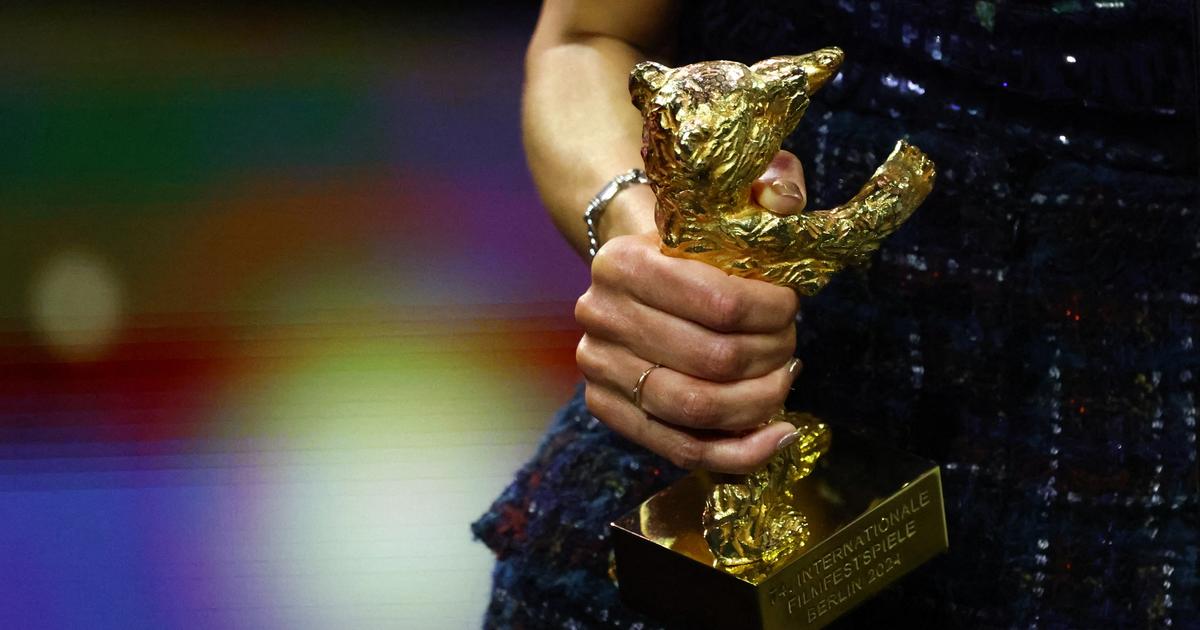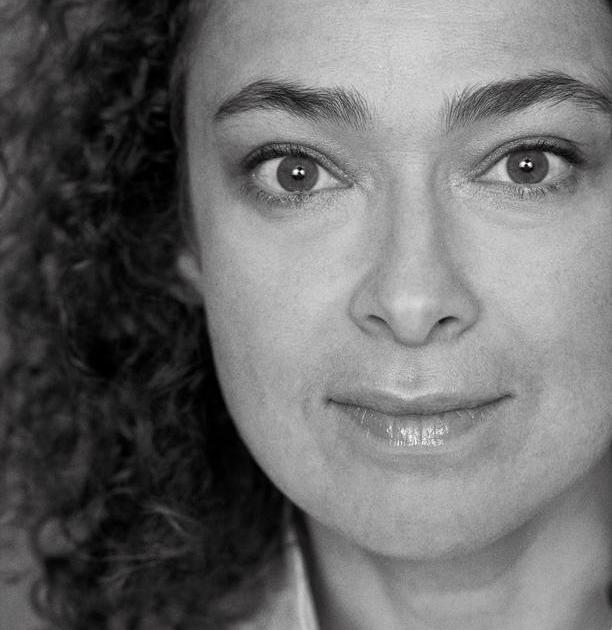The Documenta contemporary art exhibition has been involved in a huge controversy that once again questions where the line is between artistic freedom and political protest.
Its organizers have decided to cover up a work by a group of Indonesian artists that has drawn criticism for containing anti-Semitic images.
The work, a 9 by 12 meter mural by the Taring Padi collective, had been installed in a square in Kassel (Germany), in one of the most visible places of this exhibition that is held every five years and that distributes the works throughout the city.
Since Monday morning it has been covered by three large black tarps.
The work shows an apocalyptic scene of civil war with demonstrators, demons, angels and police under a heading that reads "The people's justice."
Among the mass of characters two figures stand out.
One is a pig-headed policeman wearing a Star of David and Mossad — the name of the Israeli intelligence service — written on his helmet.
The other shows a man with vampire fangs, ringlets on either side of his head, bloodshot eyes and a yarmulke, clearly caricatures an Orthodox Jew.
He wears a cap that reads SS, the elite corps of Nazi Germany.
One of the controversial figures in the work 'The People's Justice', by the Taring Padi collective, exhibited at Documenta, which shows a pig-faced soldier with the inscription "Mossad" on his helmet.
UWE ZUCCHI (AFP)
Although the debate on anti-Semitism had begun weeks ago with accusations against the commissioners, the Indonesian collective Ruangrupa, of inviting organizations that support the cultural boycott of Israel, the controversy erupted over the weekend when the mural was seen for the first time.
Photos of the anti-Semitic figures began to flood social networks amid comments of surprise and outrage.
Most of the critics and professional visitors did not get to see the work, which was installed three days after the pre-opening organized for them by Documenta, on Friday afternoon.
The organization has explained that the fabric was torn and had to be restored, which delayed its installation.
The relativization of the Holocaust and anti-Semitic attitudes in general are closely watched in Germany, where it is an issue with special connotations due to its 20th-century history.
Josef Schuster, president of the Central Council of German Jews, had been warning for months that Documenta could include anti-Semitic works, but he was answered with criticism and even accusations of racism.
“The origin of the artists who spread anti-Semitism has no relevance.
Artistic freedom ends where discrimination begins, ”he assured in a statement once the work was unveiled.
Since the inauguration there was controversy over the presence of the Palestinian group The Question of Funding, accused of being linked to the BDS (Boycott, Divestment, Sanctions) movement, which advocates boycotting Israel for the occupation of Palestinian territory.
The German Parliament called BDS anti-Semitic in 2019, so it cannot receive public money.
Half of Documenta's budget comes from the federal budget.
The work now covered is not the only one that has sparked controversy.
Documenta also exhibits a series of paintings entitled
Guernica Gaza,
in which the Palestinian painter Mohammed Al Hawajri compares the bombing of Guernica during the Spanish Civil War by the Nazi Condor Legion with the attacks on Gaza by the Israeli Army.
“Israel as the new Nazi Germany?
That is anti-Semitic, no matter what definition of anti-Semitism is used," says culture journalist Tobias Rapp in
Der Spiegel
.
Rapp says that these are bad works, clichés, "one-dimensional propaganda art that is so poor that it will probably achieve the opposite of what its creators had in mind."
And he wonders, like the experts at the
Süddeutsche Zeitung
, how harmed Documenta can come out of this controversy.
The controversial figures in the Documenta work "remind the propaganda of Goebbels and his henchmen in dark times of German history," says the Israeli Embassy in Berlin, which on its Twitter account called for its withdrawal on Sunday: "No They have absolutely nothing to do with free speech, but with lifelong anti-Semitism.”
Image from this Monday of the work 'The people's justice' by Taring Padi, already covered with black tarps.
SWEN PFORTNER (AFP)
The organization has responded to those who wonder why it allowed a work with clear anti-Semitic components to be exhibited.
"Documenta's management does not inspect art exhibitions in advance and should not do so," says its director general, Sabine Schormann, in a statement made public on Sunday night.
Given the suspicion generated by the fact that the critics did not see the work last week, Schormann affirms that it was installed “on Friday afternoon after the necessary restoration work was carried out due to the damage of the storage of the work for 20 years”.
The Taring Padi collective attributes what happened to a misinterpretation of their work and apologizes.
The installation, they say in the statement, "is part of a campaign against militarism and violence that we witnessed during the 32 years of Suharto's military dictatorship in Indonesia and his legacy, which continues to have an impact today."
All the military figures refer to the political context of their country, and represent the corrupt Administration: "The generals and their soldiers, symbolized as pigs, dogs and rats, criticize an exploitative capitalist system and military violence," they add.
The mural was first exhibited at a festival in Australia in 2002 and has since gone through several exhibitions without causing any controversy, but it is the first time it has been exhibited in Germany, and in Europe.
“We are a progressive collective committed to supporting and respecting diversity.
Our works do not contain anything that is intended to portray any population in a negative way”, insist the artists, who, “as a show of respect”, have agreed to cover their work because “it is considered offensive in this particular context in Germany”.
The work, they add, "now becomes a monument to pain due to the impossibility of dialogue."
Relief known as Judensau (Jewish pig) on the facade of the Witteberg church, in Germany.
The pig is considered an impure animal in Judaism, and embodied the devil in Christian art of the Middle Ages.Jens Meyer (AP)
In Germany, the debate about the Judensau
relief of the church in the city of Wittenberg (in the east of the country)
is still fresh .
The Supreme Court rejected a few days ago a lawsuit that asked to remove this anti-Semitic sculpture from the 13th century that is part of the medieval tradition of representing Jews as pigs.
The Jewish associations assure that it should stop being exhibited, despite the fact that an explanatory poster has been accompanying it for years.
German President Frank-Walter Steinmeier criticized the organizers during his opening speech, before Taring Padi's work became known.
He called the treatment of Israel "frivolous" and accused them of failing to properly oversee the commissioners' work.
The Secretary of State for Culture, Claudia Roth, demanded more explanations from Documenta.
"Human dignity, protection against anti-Semitism as well as against racism and all forms of misanthropy are the foundations of our coexistence, and this is where artistic freedom finds its limits," she said.







/cloudfront-eu-central-1.images.arcpublishing.com/prisa/IZJXAKDCUBGWLCT22YGITAZM2E.jpg)







